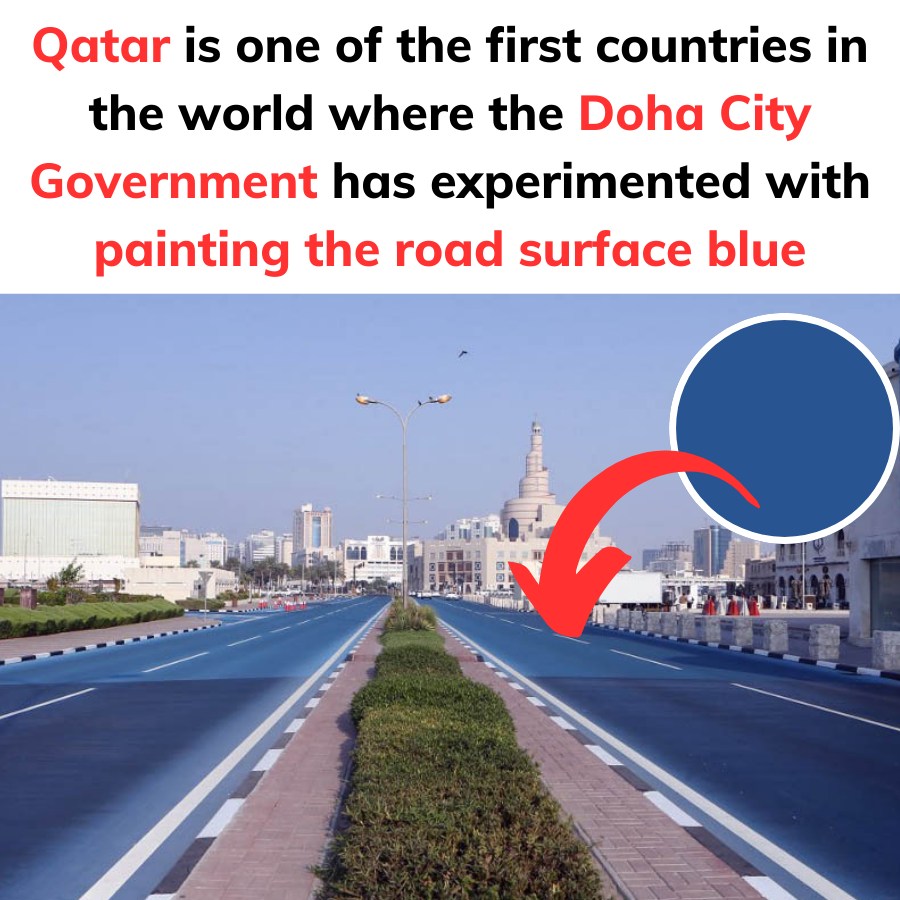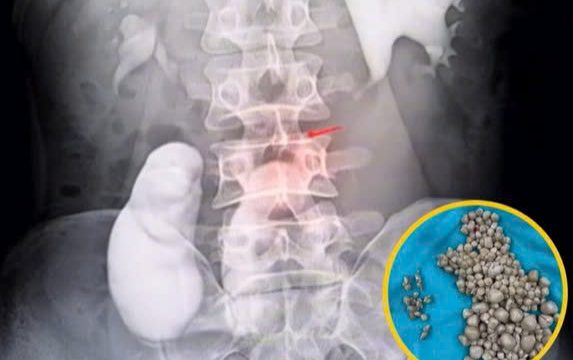Painting road surfaces blue might seem like an aesthetic choice at first glance, but its purpose is far more functional. This innovative approach is designed to reduce the surface temperature of roads, particularly in urban areas where heat buildup can become a significant issue. By opting for a light blue color, the roads reflect sunlight more effectively than traditional black asphalt, minimizing heat absorption and keeping the road surfaces cooler. This simple yet impactful measure is being explored as part of broader strategies to address rising temperatures in hot climates.

In urban environments, dark-colored roads are notorious for trapping and radiating heat, contributing to what is commonly referred to as the “urban heat island” effect. Traditional black asphalt absorbs a significant amount of solar radiation throughout the day, causing the surface to heat up and radiate warmth back into the surrounding area. This contributes to higher temperatures in cities, making life uncomfortable for residents and putting additional strain on air conditioning systems. By painting roads light blue, the reflective properties of the surface are enhanced, resulting in a noticeable decrease in surface temperature. This not only helps mitigate the urban heat island effect but also makes the environment more livable.
The concept of painting roads blue to combat heat is currently being tested in various parts of the world, including Doha, Qatar. Known for its extreme heat, Doha faces unique challenges when it comes to managing rising temperatures, particularly in light of its ambitions to host major international events. One such event was the 2022 FIFA World Cup, which brought global attention to Qatar’s innovative solutions for dealing with its harsh climate. The blue road trial was part of Qatar’s broader efforts to create a more sustainable and comfortable environment for both residents and visitors.
By reducing road surface temperatures, the blue coating has several practical benefits. For one, cooler road surfaces can make urban areas more walkable, encouraging outdoor activities and reducing the reliance on vehicles for short trips. This has the potential to lower greenhouse gas emissions, aligning with global goals to combat climate change. Additionally, cooler roads can help prolong the life of the asphalt, as extreme heat often causes materials to degrade more quickly. This results in long-term cost savings for municipalities and reduces the frequency of road repairs, which can be disruptive and expensive.
@everydayengineering utility markings on the road explained! #engineering #civilengineering #construction #utilities #road ♬ Chill out jazz pop of a gentle guitar(865334) – RYU ITO
The science behind the blue coating lies in its ability to reflect sunlight. Traditional asphalt, with its dark and dense composition, absorbs up to 90% of the sunlight it encounters. In contrast, lighter-colored surfaces like the light blue paint reflect a greater portion of the sun’s rays, significantly reducing heat absorption. This reflective quality leads to a cooler road surface, which can be as much as 20 to 30 degrees Fahrenheit lower than a standard blacktop. The result is a more temperate environment that benefits not only pedestrians but also reduces the heat stress experienced by parked vehicles and infrastructure.
Beyond its practical advantages, this initiative also highlights the importance of innovation in urban planning. As global temperatures continue to rise, cities must adapt by exploring creative and cost-effective solutions to mitigate heat. Projects like the blue road trial underscore the potential for relatively simple interventions to make a significant impact. While painting roads blue might not single-handedly solve the challenges of urban heat, it represents an important step in the right direction.
Qatar’s adoption of this method demonstrates its commitment to addressing climate-related issues, particularly as the nation positions itself as a global leader in sustainable development. The initiative aligns with Qatar’s National Vision 2030, which emphasizes environmental sustainability as a core component of its development strategy. By investing in heat-mitigating technologies like blue road coatings, Qatar not only addresses immediate challenges but also sets an example for other nations facing similar conditions.
The broader implications of this approach extend beyond Doha. Cities in other hot regions could benefit from implementing blue roads as part of their urban planning strategies. From the sweltering deserts of the Middle East to the sunny streets of southern U.S. cities, the potential for blue roads to alleviate heat and improve urban livability is significant. Additionally, the growing focus on sustainability in global infrastructure projects makes innovative solutions like this increasingly relevant.
In conclusion, painting roads blue is a simple yet effective way to combat extreme heat in urban environments. By reflecting sunlight and reducing heat absorption, this innovative method addresses the challenges of rising temperatures, improves quality of life, and supports sustainability goals. As cities worldwide grapple with the effects of climate change, initiatives like Qatar’s blue road trial offer valuable insights into how urban spaces can be reimagined to meet the demands of a hotter future. With its potential for widespread application, this small change could make a big difference in creating cooler, more resilient cities for generations to come.





